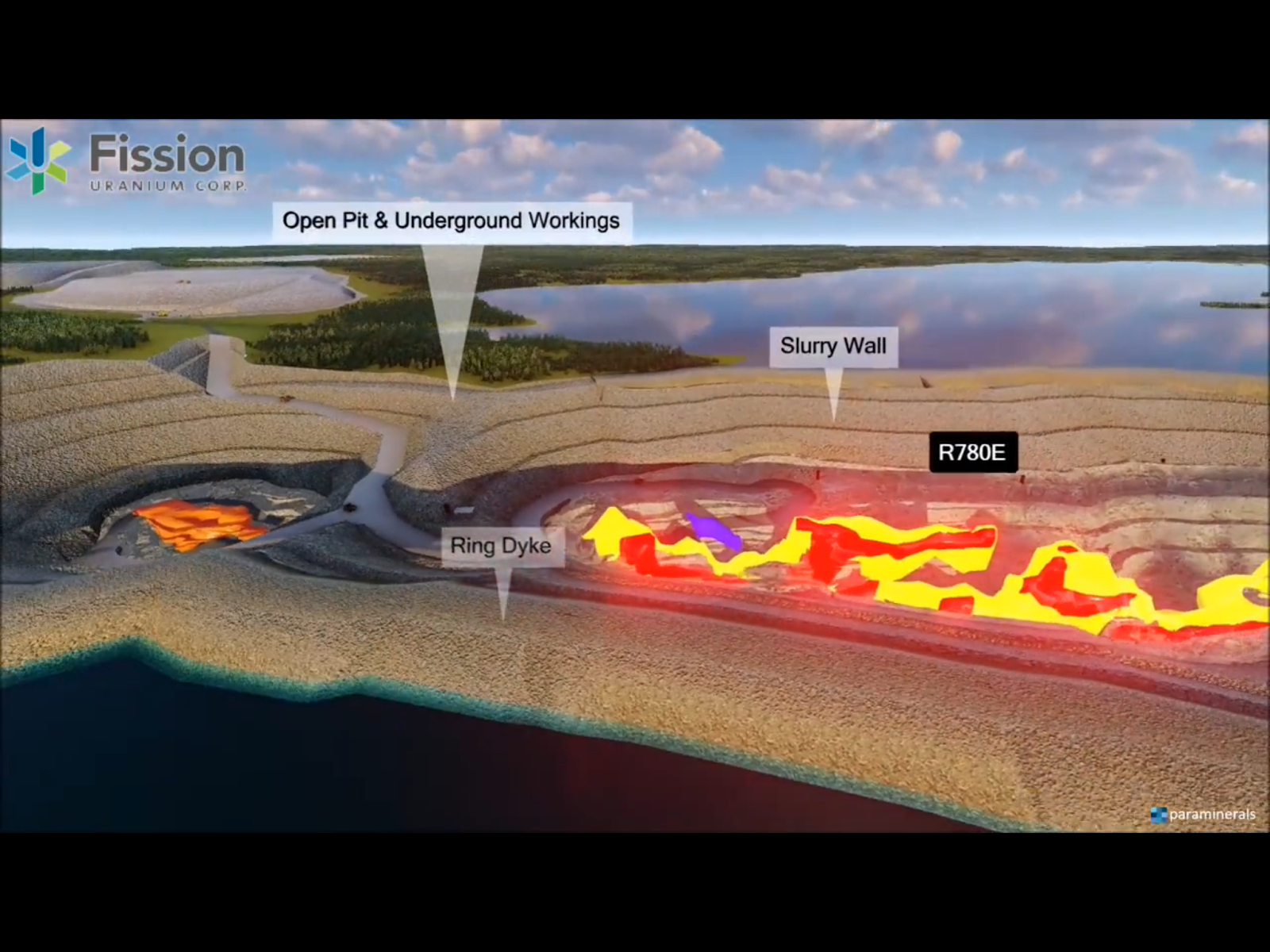


The witnesses to the demonstration were taken to the Los Alamos hospital. The errand resulted in no useful data, and was mentioned in a later report as evidence that, after an exposure of this magnitude, human beings “are in no condition for rational behavior.” Slotin instructed one of his colleagues to lay radioactivity-detecting film badges around the area, which required the scientist to go dangerously close to the still overheated core. But it proved difficult to get an accurate reading, because the detector itself had been heavily contaminated. He then tried to use a radiation detector on various items that were near the core-a bristle brush, an empty Coca-Cola bottle, a hammer, a measuring tape. Slotin made a sketch of where everyone had been standing when the slip occurred. As the scientists waited for help to arrive, they tried to work out how much radiation they had received. Photograph courtesy Los Alamos National Laboratory Photograph courtesy Los Alamos National LaboratoryĪn ambulance was called, and the lab was mostly evacuated. A week later, he wrote a report on the mishap:Īn overhead view of the re-created experiment. When Schreiber turned around, he saw a flash of blue light and felt a wave of heat on his face. But suddenly he heard a sound behind him: Slotin’s screwdriver had slipped, and the tamper had dropped fully over the core. As he began the slow and painstaking process of lowering the tamper, one of his colleagues, Raemer Schreiber, turned away to focus on other work, expecting that the experiment would be uninteresting until several more moments had passed. In his right hand, he held a long screwdriver, which he planned to wedge between the two components, keeping them apart. The tamper would reflect back the neutrons that were shooting off the plutonium, jump-starting a weak and short-lived nuclear chain reaction, on which the physicists could then gather data. He would lower a half-shell of beryllium, called the tamper, over the core, stopping just before it was snugly seated. Photograph courtesy Los Alamos National Laboratory Photograph courtesy Los Alamos National Laboratory The core as it might have looked during Slotin’s demonstration. Back then, the bomb was a handmade, artisanal product. He had helped assemble the first atomic weapon, barely a year earlier, and a contemporary photograph shows him standing beside its innards with his shirt unbuttoned and sunglasses on, cool and collected. At that time, Slotin was perhaps the world’s foremost expert on handling dangerous quantities of plutonium. It had been quickly molded into shape after the bombing of Nagasaki, to be used in another attack on Japan, then reallocated when it turned out not to be needed for the war effort.
Fission uranium news how to#
Louis Slotin, a Canadian physicist, was showing his colleagues how to bring the exposed core of a nuclear weapon nearly to the point of criticality, a tricky operation known as “tickling the dragon’s tail.” The core, sitting by itself on a squat table, looked unremarkable-a hemisphere of dull metal with a nub of plutonium sticking out of its center, the whole thing warm to the touch because of its radioactivity. Litigation Risk.The demonstration began on the afternoon of May 21, 1946, at a secret laboratory tucked into a canyon some three miles from Los Alamos, New Mexico, the birthplace of the atom bomb. Nuclear Energy Competes with other Viable Energy Sources. Public Acceptance of Nuclear Energy Cannot Be Assured. ĭeregulation of the Electrical Utility Industry. Uranium Industry Competition and International Trade Restrictions. Imprecision of Mineral Resource Estimates.Įconomics of Developing Mineral Properties.įactors Beyond the Control of Fission. No History of Mineral Production or Mining Operations. Significant Shareholders of the Company Possibly Influencing the Company's Business Operations. Limited Exploration Prospects.Īcquisitions and Joint Ventures. Unknown Environmental Risks for Past Activities. Įnvironmental, Permitting, and Social Considerations. Mining Methods and Geotechnical Considerations. Įmployees.Įnvironmental Protection.įoreign Operations. Summary of the Business.Ĭompetitive Conditions. Recent Developments Subsequent to December 31, 2021. ĭESCRIPTION AND GENERAL DEVELOPMENT OF THE BUSINESS. GLOSSARY OF MINING TERMS AND ABBREVIATIONS.ĬORPORATE STRUCTURE. Investors - Information Concerning Preparation of Resource and ReserveĮstimates. Special Note Regarding Forward-Looking Statements.Ĭautionary Note to U.S.


 0 kommentar(er)
0 kommentar(er)
